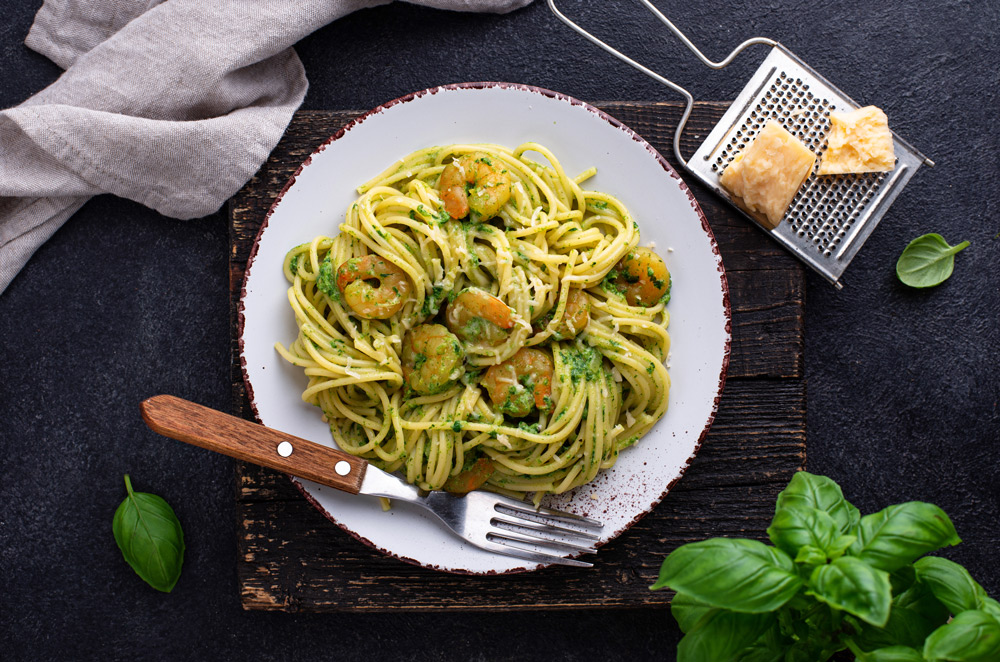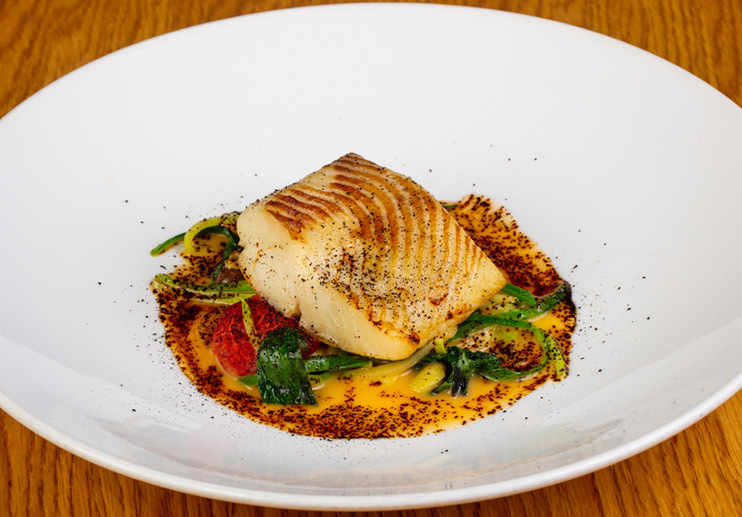Adapted from an article from the American Academy of Neurology, May 6, 2021
Eating a Mediterranean diet that is rich in fish, vegetables, and olive oil may protect your brain from protein buildup and shrinkage that can lead to Alzheimer’s disease, according to a new study. The research is published in the May 5, 2021, online issue of Neurology.
The study looked at abnormal proteins called amyloid and tau. Amyloid is a protein that forms into plaques, while tau is a protein that forms into tangles. Both are found in the brains of people with Alzheimer’s disease but may also be found in the brains of older people with normal cognition.
The Mediterranean diet includes high intake of vegetables, legumes, fruits, cereals, fish, and monounsaturated fatty acids such as olive oil, and low intake of saturated fatty acids, dairy products, and meat.
“Our study suggests that eating a diet that’s high in unsaturated fats, fish, fruits and vegetables, and low in dairy and red meat may actually protect your brain from the protein buildup that can lead to memory loss and dementia,” said study author Tommaso Ballarini, PhD, of the German Center for Neurodegenerative Diseases (DZNE) in Bonn, Germany. “These results add to the body of evidence that show what you eat may influence your memory skills later on.”
The study involved 512 people. Of those, 169 were cognitively normal, while 343 were identified as being at higher risk of developing Alzheimer’s disease. Researchers looked at how closely people followed the Mediterranean diet based on their answers to a questionnaire asking how much they ate of 148 items over the previous month. People who often ate healthy foods typical of the Mediterranean diet, like fish, vegetables, and fruit, and only occasionally ate foods not typical of the Mediterranean diet like red meat, received the highest scores, for a maximum score of nine.
Cognitive skills were assessed with an extensive test set for Alzheimer’s disease progression that looked at five different functions, including language, memory, and executive function. All the participants had brain scans to determine their brain volume. In addition, the spinal fluid of 226 study participants was tested for amyloid and tau protein biomarkers.
Researchers then looked at how closely someone followed the Mediterranean diet, and the relationship to their brain volume, tau and amyloid biomarkers, and cognitive skills. After adjusting for factors like age, sex, and education, researchers found that in the area of the brain most closely associated with Alzheimer’s disease, each point lower people scored on the Mediterranean diet scale equated to almost one year of brain aging.
When looking at amyloid and tau in people’s spinal fluid, those who did not follow the diet closely had higher levels of biomarkers of amyloid and tau pathology than those who did. When it came to a test of memory, people who did not follow the diet closely scored worse than those who did.
“More research is needed to show the mechanism by which a Mediterranean diet protects the brain from protein buildup and loss of brain function, but findings suggest that people may reduce their risk for developing Alzheimer’s by incorporating more elements of the Mediterranean diet into their daily diets,” Ballarini said.
Reference: Ballarini T, van Len DM, Brunner J, et al. Mediterranean diet, Alzheimer disease biomarkers and brain atrophy in old age. Neurology. 2021; doi.org/10.1212/WNL.0000000000012067






